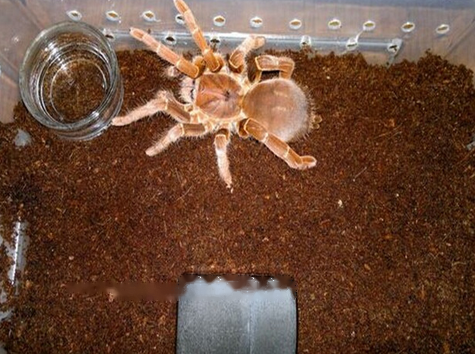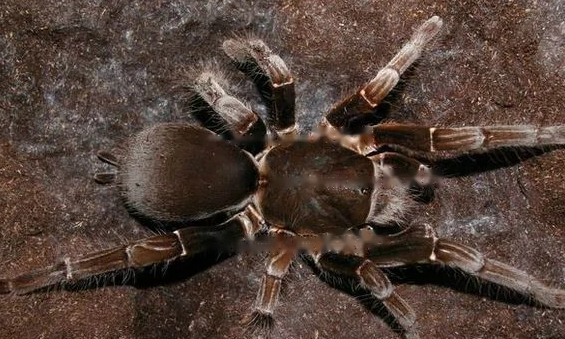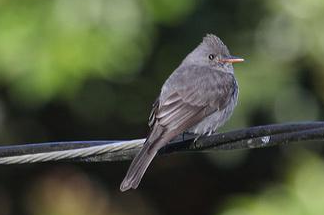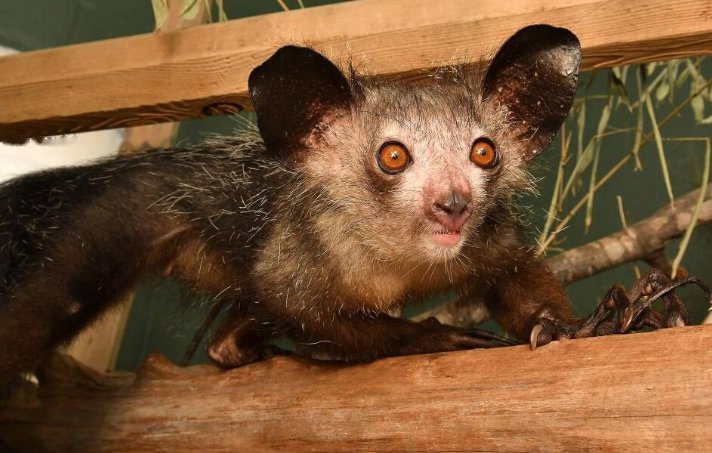The editor estimates that many Chinese people do not like spiders very much. After all, in many sci-fi and horror movies, spiders are representatives of evil, and their images are terrifying, which makes many people afraid of them. Afraid of returning home, today the author is going to give you a relatively well-known spider - the rust red baboon spider.

I. Basic knowledge
The rust red baboon spider is an indigenous creature native to Africa. Under normal circumstances, the body color of this spider will be rust-like reddish-brown, but the peculiar thing about this species is that every time it molts, it will Showing different colors, the color is constantly changing from black to reddish-brown when young. This constant discoloration also makes it a favorite of many spider lovers to keep.
Alias: Cameroon Red Babu
English Name: Giant Baboon Spider
Origin: Cameroon/Congo/Gabon/Guinea/Zaire
Living Environment: Tropical Rainforest Area
Life: 2.5- 16 years

II. Life Environmental analysis
The rust red baboon is suitable for survival in the environment of 28-30℃, and the suitable humidity is 80-90%. Therefore, the temperature and humidity of the environment should be controlled when feeding. Due to the long-term cave life of the rust red babes, they also have a long life cycle, and the female spider can live up to 16 years. The rearing environment needs to provide thicker pad material, they like to dig tunnels and then build nests at a distance of 10-15 cm from the ground. Or you can provide more shelter, mainly bark.

Third, little knowledge of raising
This variety grows very fast, molting an average of 6-8 times a year. They will attack any animal that approaches the burrow and are very aggressive. This variety is low in toxicity. If bitten, the wound will be red and swollen, and there will be a feeling of burning and burning. Depending on the system of different people, it will fully recover within 5-15 days.
Usually the spider waits for the food at the entrance of the tunnel. Once they encounter the food, they will attack at a very fast speed and catch the food. Pay more attention to feeding, and beware of them escaping.
Finally, I would like to remind you that this kind of spider is still very aggressive, so you should be extra careful in the process of raising it. If you are a novice friend, it is recommended not to start with this kind of spider. Not very friendly to newcomers.

Subscribe to Newsletter
Professional platform for pets, dogs and cats.
![[Original] Sharing of popular science knowledge of ringed map turtles](/static/img/11249/11249_1.jpg)






